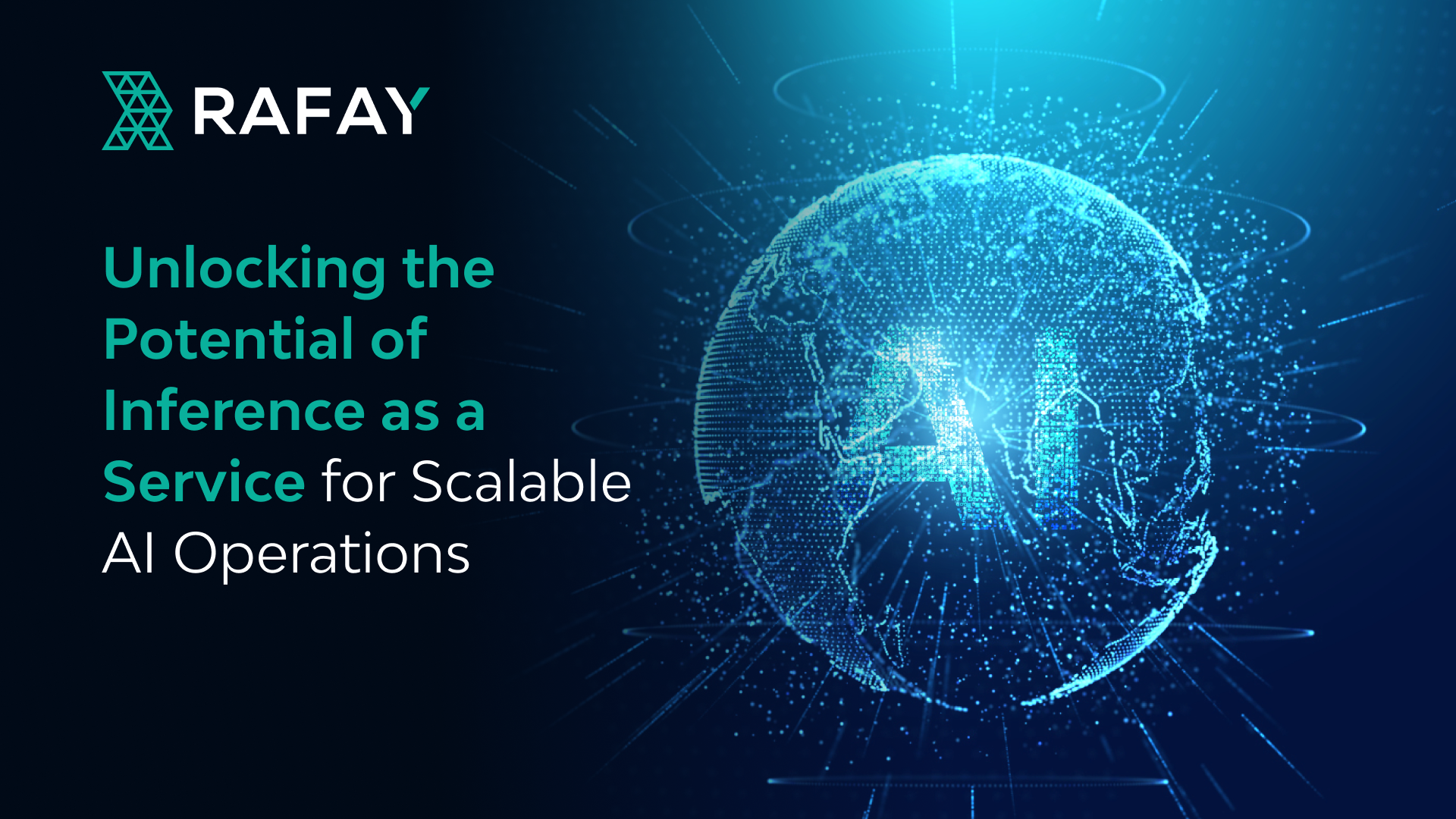The AI & Cloud-Native Infrastructure Blog
Stay updated with the latest news and insights on AI and cloud-native infrastructure through Rafay's highly active blog site
Unlocking the Potential of Inference as a Service for Scalable AI Operations
As artificial intelligence (AI) becomes more integral to business operations, organizations face mounting challenges in deploying models efficiently while keeping up with real-time performance demands. Traditional AI model deployment methods involve complex infrastructure management, requiring IT operations to handle everything… Read More
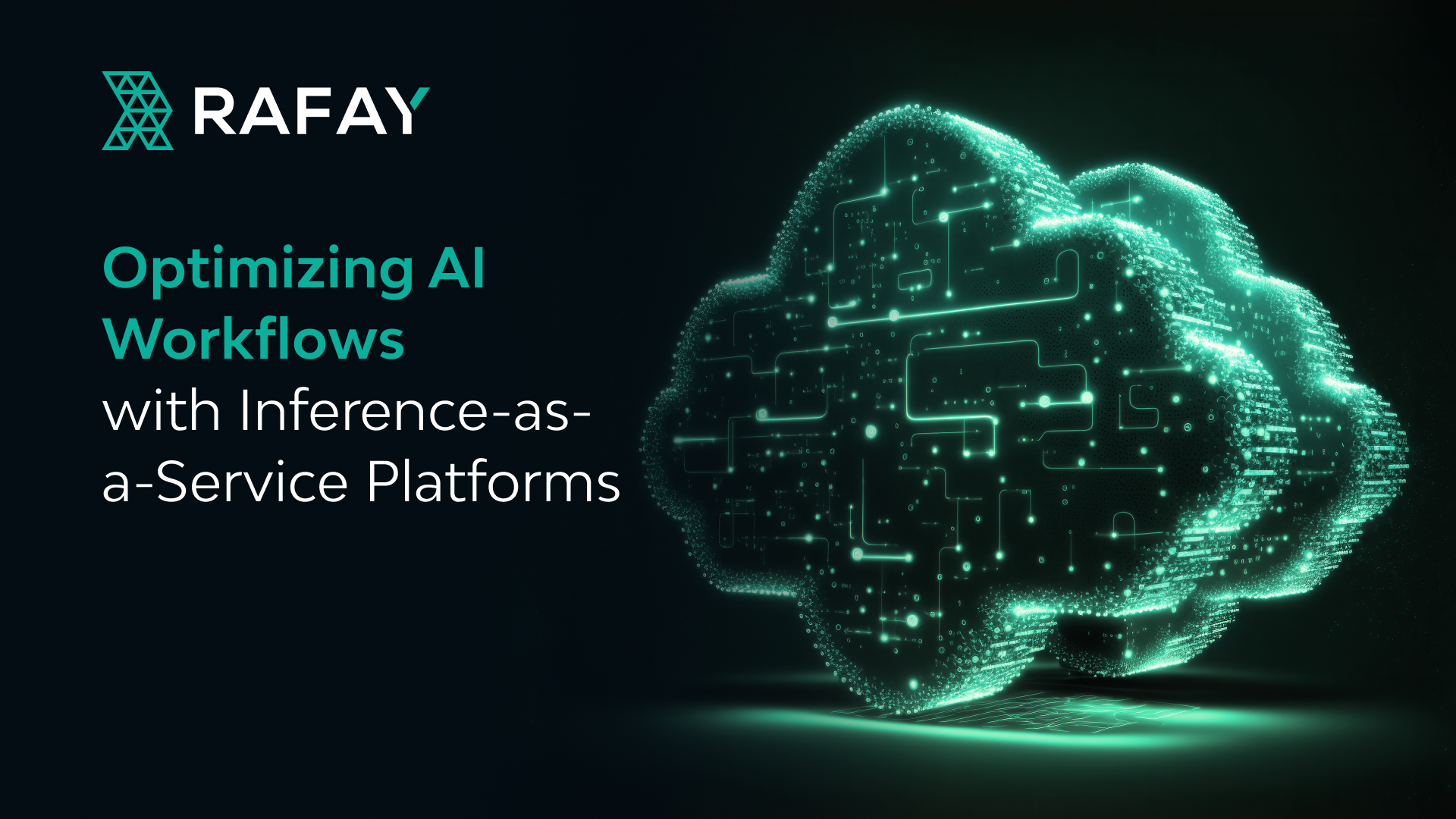

Optimizing AI Workflows with Inference-as-a-Service Platforms
The Role of Inference-as-a-Service in AI Model Deployment Deploying AI models across multi-cloud environments presents a range of challenges, from ensuring consistent performance to managing complex infrastructure. Organizations often struggle with balancing workloads, scaling resources, and maintaining model uptime across… Read More
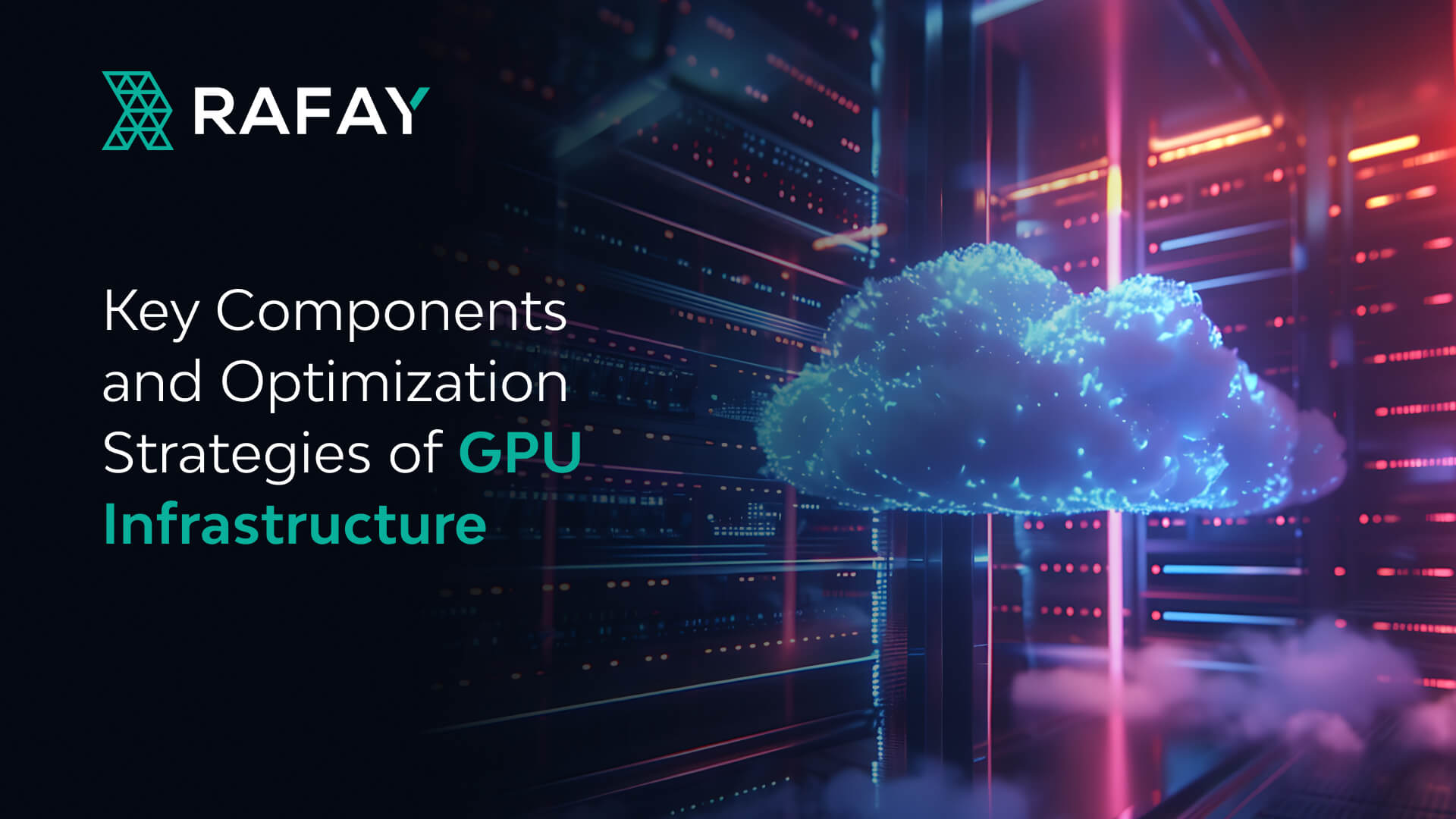

Key Components and Optimization Strategies of GPU Infrastructure
As industries increasingly rely on data-intensive processes and real-time analytics, GPU infrastructure has become essential for supporting advanced, high-performance workloads. From artificial intelligence (AI) applications and machine learning (ML) models to data analytics and high-performance computing (HPC), GPU-based systems power… Read More
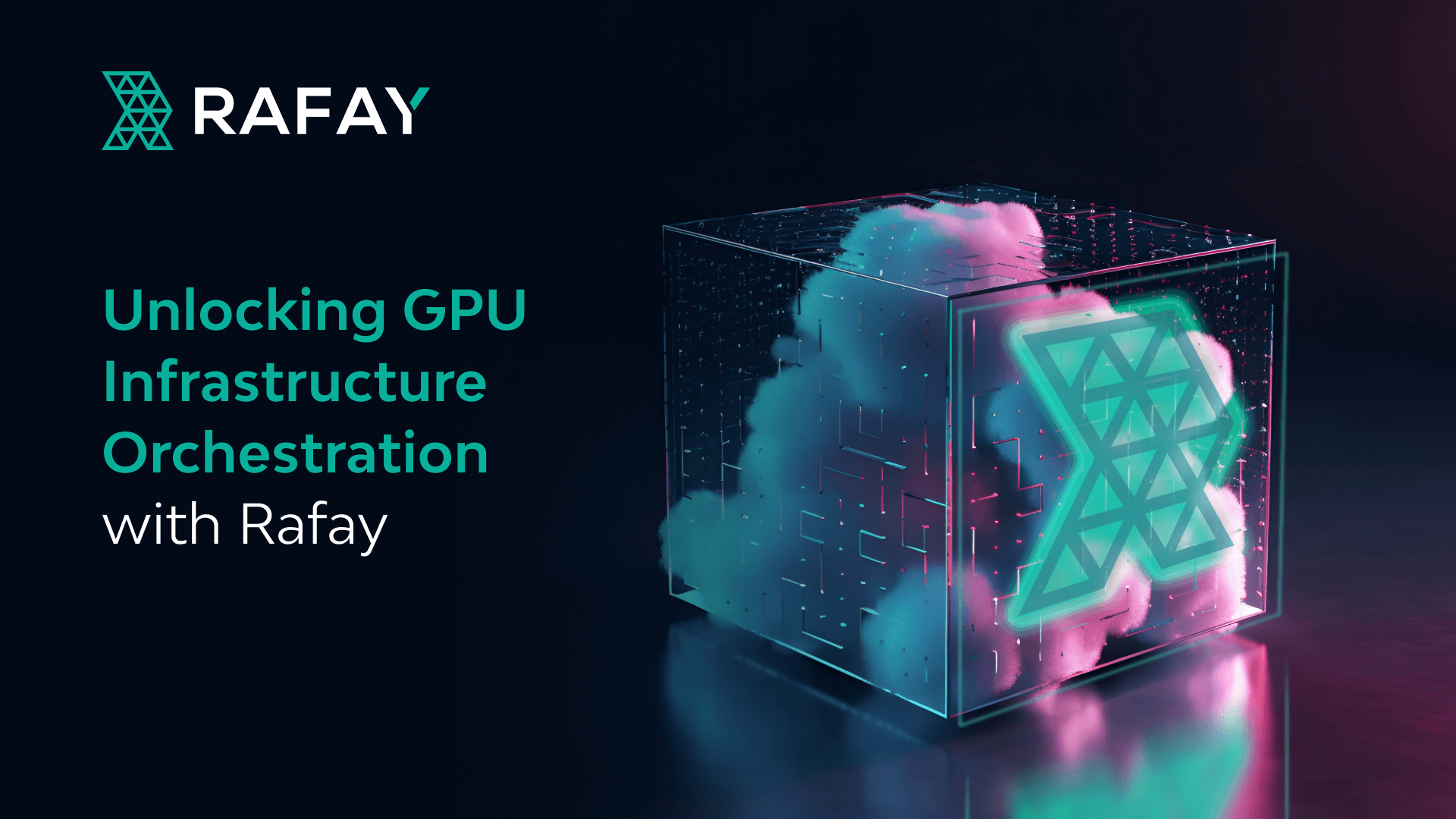

Unlocking GPU Infrastructure Orchestration with Rafay
Platform teams today face mounting pressure to deploy, scale, and optimize GPU resources for complex AI workloads across hybrid and multi-cloud environments. Thankfully, Rafay enables customers to deploy a GPU PaaS that offers a streamlined solution, equipping enterprises with the… Read More


Break Glass Workflows for Developer Access to Kubernetes Clusters – Introduction
In any large-scale, production-grade Kubernetes setup, maintaining the security and integrity of the clusters is critical. However, there are exceptional circumstances—such as production outages or critical bugs—where developers need emergency access to a Kubernetes cluster to resolve issues. This is… Read More
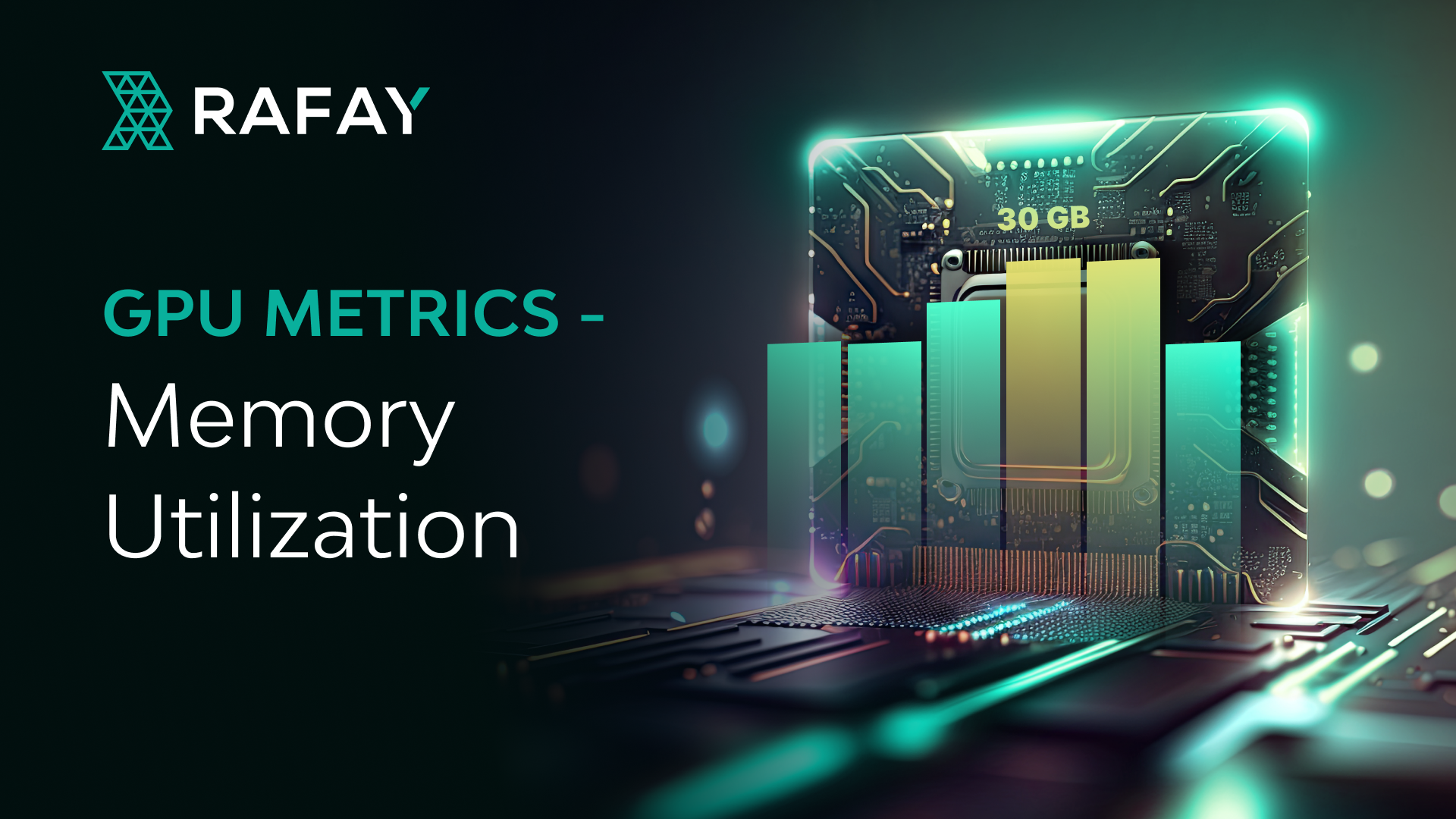

GPU Metrics – Memory Utilization
In the introductory blog on GPU metrics, we discussed about the GPU metrics that matter and why they matter. In this blog, we will dive deeper into one of the critical GPU metrics i.e. GPU Memory Utilization. GPU memory utilization refers to… Read More
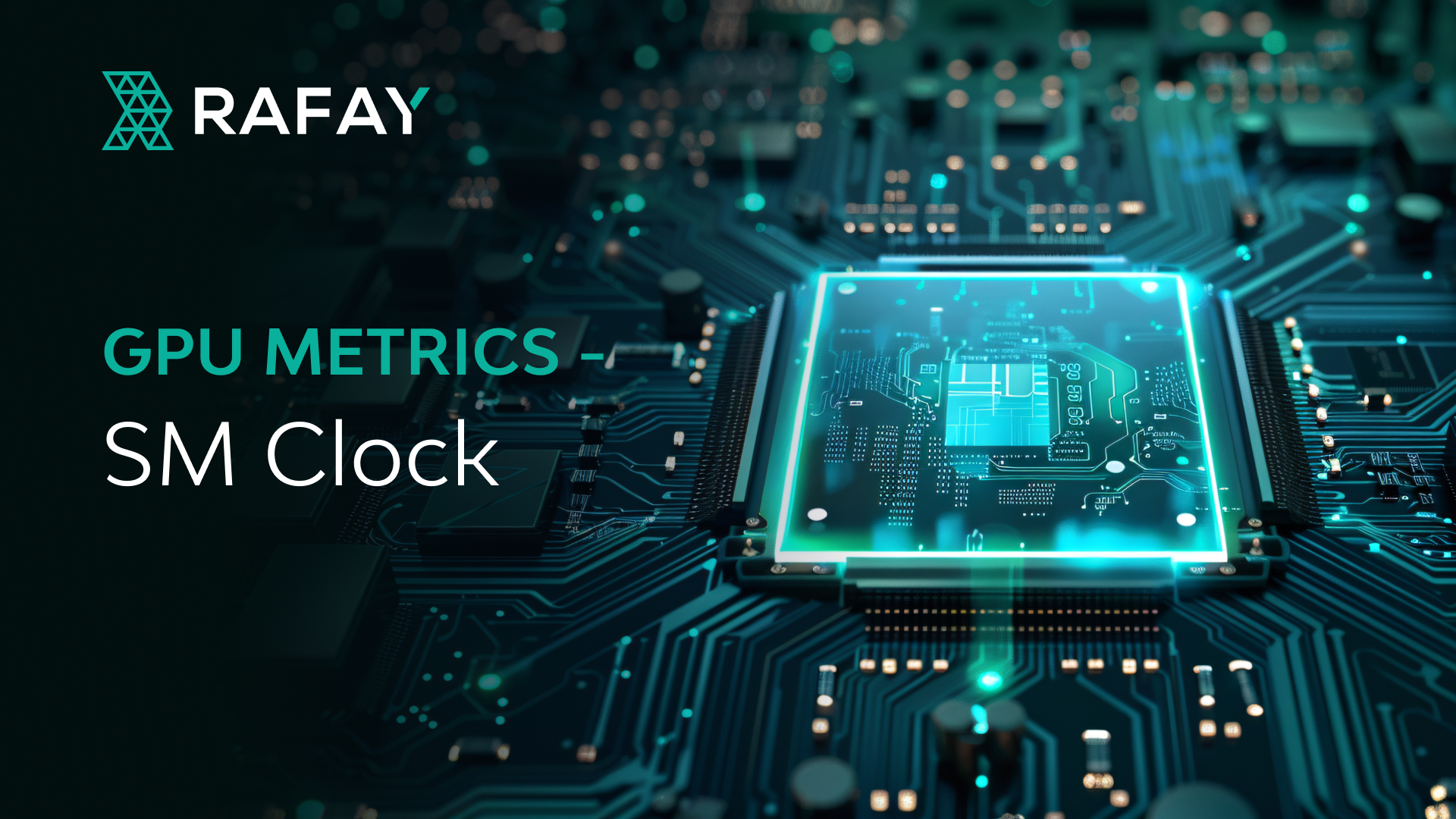

GPU Metrics – SM Clock
In the previous blog, we discussed why tracking and reporting GPU Memory Utilization metrics matters. In this blog, we will dive deeper into another critical GPU metric i.e. GPU SM Clock. The GPU SM clock (Streaming Multiprocessor clock) metric refers to the… Read More


GPU Metrics – Framebuffer
In the previous blog, we discussed why tracking and reporting GPU power usage matters. In this blog, we will dive deeper into another critical GPU metric i.e. GPU Framebuffer usage. Important Navigate to documentation for Rafay's integrated capabilities for Multi Cluster GPU Metrics… Read More


GPU Metrics – Power
In the previous blog, we discussed why tracking and reporting GPU SM Clock metrics matters. In this blog, we will dive deeper into another critical GPU metric i.e. GPU Power. Important Navigate to documentation for Rafay's integrated capabilities for Multi Cluster GPU… Read More
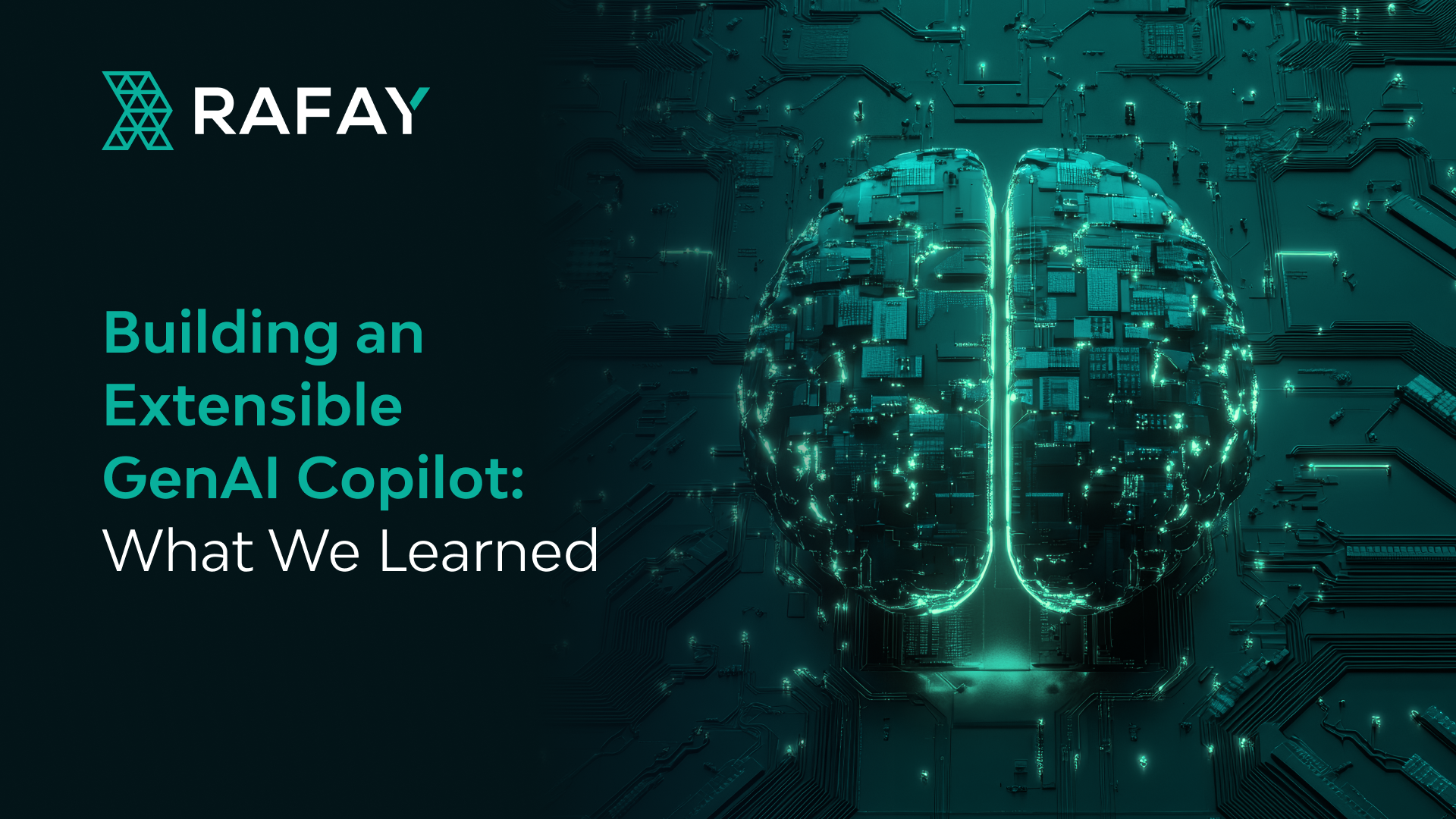

Building an Extensible GenAI Copilot: What We Learned
Working through the complexities of developing an internal copilot helped us push the boundaries of what we believed possible with GenAI. Our generative AI (GenAI) journey began with a single use case: How could we make it easier for our customers… Read More
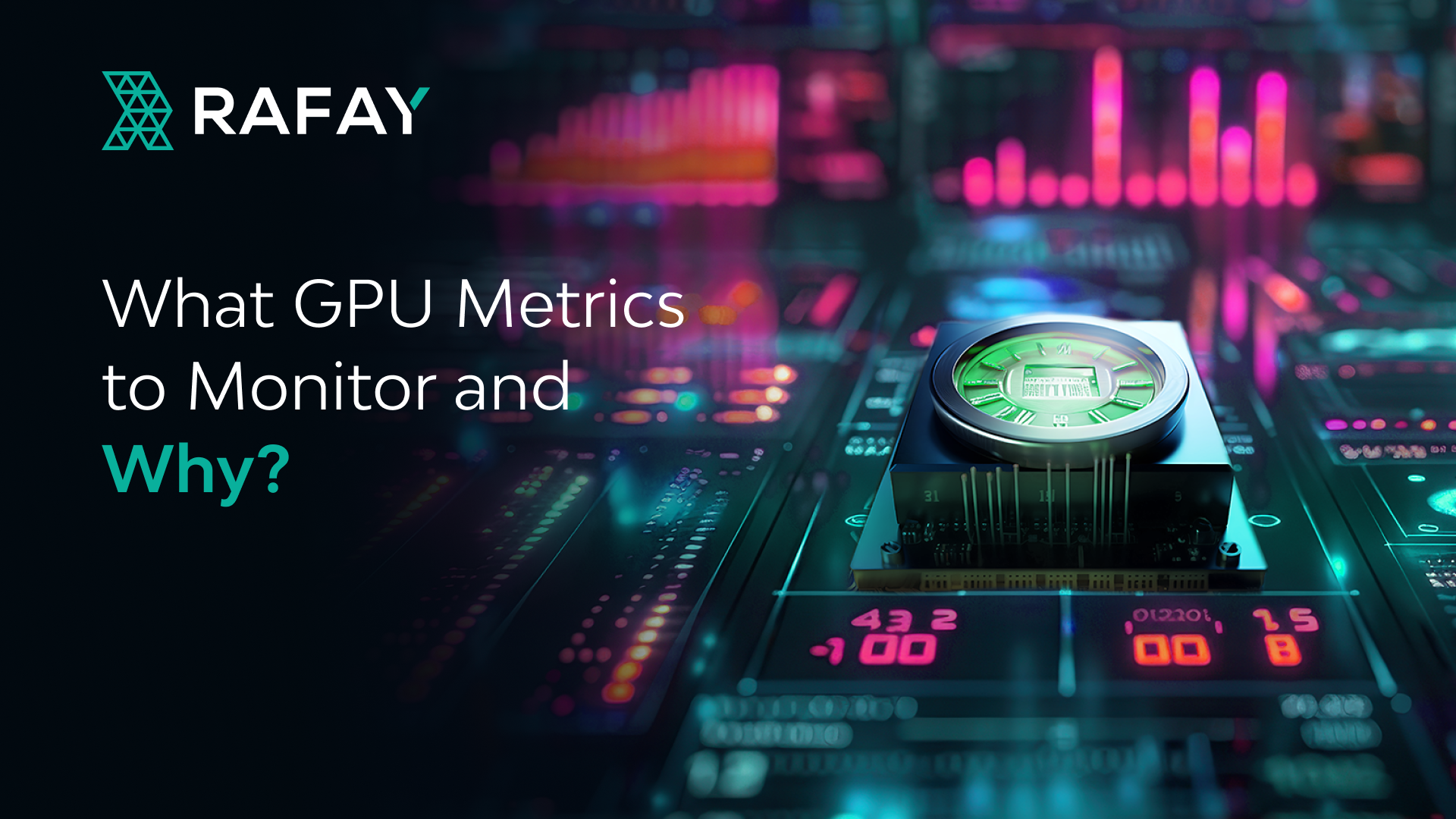

What GPU Metrics to Monitor and Why?
With the increasing reliance on GPUs for compute-intensive tasks such as machine learning, deep learning, data processing, and rendering, both infrastructure administrators and users of GPUs (i.e. data scientists, ML engineers and GenAI app developers) require timely access and insights… Read More


PyTorch vs. TensorFlow: A Comprehensive Comparison
When it comes to deep learning frameworks, PyTorch and TensorFlow are two of the most prominent tools in the field. Both have been widely adopted by researchers and developers alike, and while they share many similarities, they also have key… Read More

